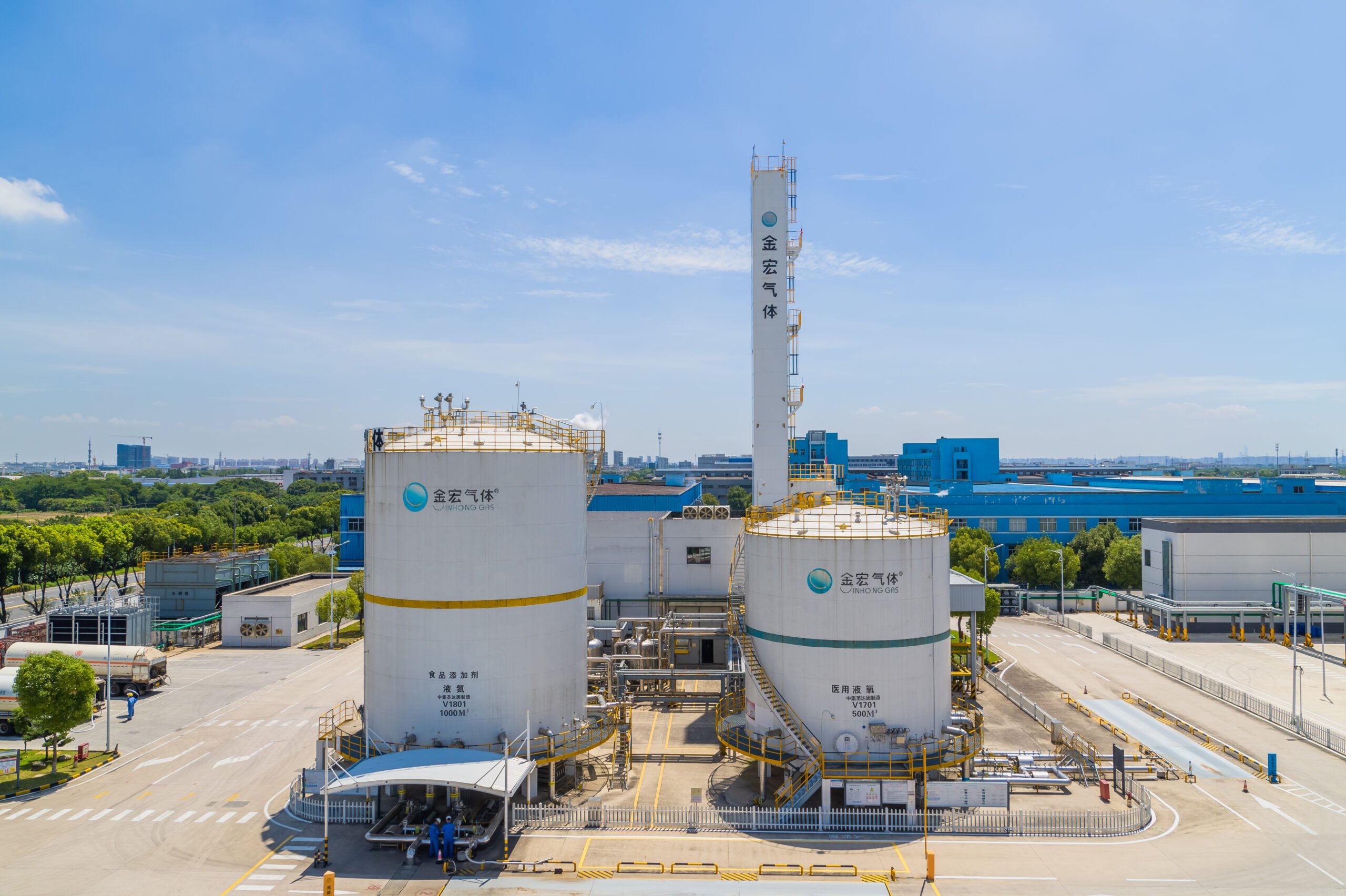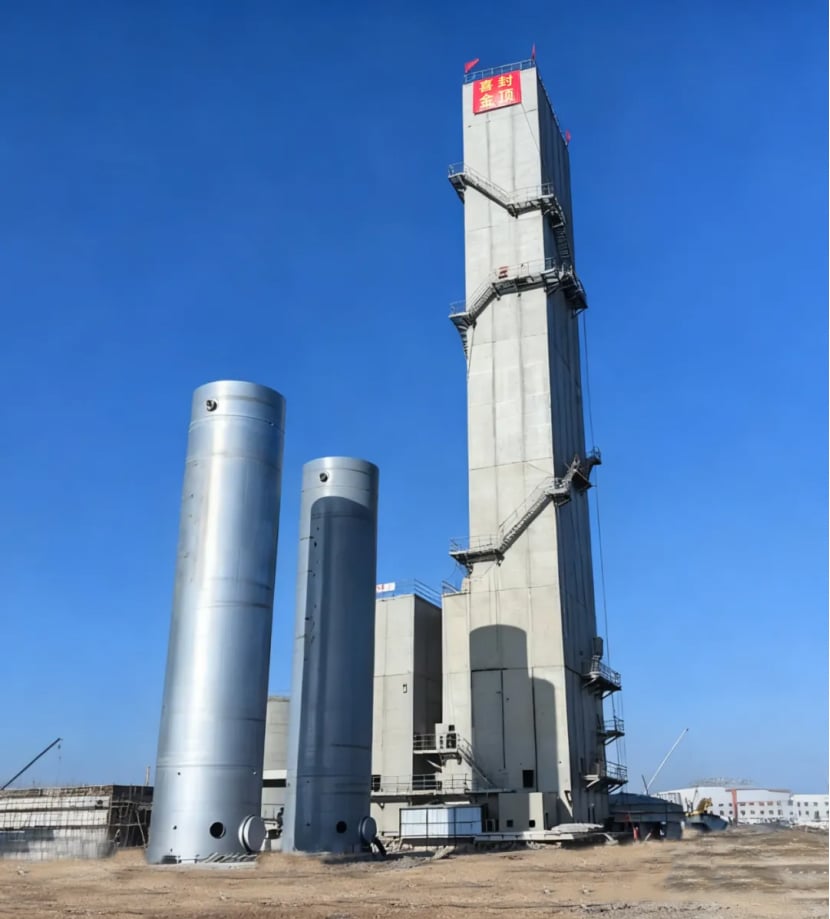With the widespread adoption of minimally invasive surgical techniques, laparoscopic procedures have gradually replaced 50%–80% of traditional open surgeries, becoming a standard component of surgical practice. However, due to their complex structures and long, narrow lumens, laparoscopic instruments are difficult to sterilize. These instruments are also expensive and often available in limited quantities. Ensuring medical safety and improving instrument turnover efficiency have made the selection of a scientific, safe, and efficient sterilization method a core issue in hospital sterilization supply management.
A study published in 2021 in the Chinese Journal of Infection Control examined three commonly used sterilization methods for laparoscopic instruments—high-temperature steam sterilization, hydrogen peroxide low-temperature plasma sterilization, and ethylene oxide (EO) sterilization. The study assessed their sterilization efficacy, economic costs, and safety, offering valuable references for clinical practice.

1. Study Overview
The study focused on 90 laparoscopic instruments sterilized at the Central Sterile Supply Department of a Class A tertiary hospital between November and December 2020. The instruments were divided into three groups of 30, each processed using one of the following methods:
- Steam Sterilization
- Hydrogen Peroxide Low-Temperature Plasma Sterilization
- Ethylene Oxide Sterilization
Instrument types included:
- Storz Grasper Forceps (2816UHK)
- Storz Metal Handle (33131K)
- Storz Trocar (30120NOL)
All instruments underwent standardized cleaning, drying, and packaging procedures. The choice of sterilization method was based on the material compatibility of the instruments.
2. Sterilization Procedures and Monitoring Indicators
Sterilization procedures strictly followed the Technical Specifications for Disinfection in Medical Institutions. Monitoring indicators included:
- Physical Monitoring: Recorded key parameters such as temperature, pressure, and time to ensure full traceability.
- Chemical Monitoring: Internal and external chemical indicator cards were used to assess sterilization adequacy.
- Biological Monitoring:
- Steam Sterilization: ATCC 7953 spores, monitored weekly
- Hydrogen Peroxide Sterilization: ATCC 7953 spores, monitored daily
- Ethylene Oxide Sterilization: ATCC 9372 spores, monitored per batch
- Visual Field Quality Assessment: Examined optical clarity, light transmission of fiber bundles, and checked for light leakage and distortion.
All three sterilization methods achieved a 100% pass rate across all monitoring criteria.
3. Cost and Efficiency Comparison
1. Time Efficiency
| Sterilization Method | Time per Cycle | Maximum Daily Throughput |
|---|---|---|
| Steam Sterilization | 3.0 minutes | 250 sets/day |
| Hydrogen Peroxide Plasma | 21.7 minutes | 30 sets/day |
| Ethylene Oxide | 320.0 minutes | 3 sets/day |
Conclusion: Steam sterilization had the shortest processing time and highest efficiency. Ethylene oxide took the longest and had the slowest turnaround.
2. Economic Cost (Unit: CNY per set)
| Item | Steam | H₂O₂ Plasma | EO |
|---|---|---|---|
| Equipment & Maintenance | 1.32 | 23.74 | 100.46 |
| Consumables | 15.60 | 116.67 | 106.67 |
| Labor | 1.55 | 11.17 | 164.96 |
| Total Cost | 18.47 | 151.58 | 372.09 |
Conclusion: Steam sterilization was the most economical. Ethylene oxide was the most expensive, followed by hydrogen peroxide.
3. Safety Comparison
| Sterilization Method | Residual Disinfectants | Effects on Personnel |
|---|---|---|
| Steam | None | No adverse effects |
| Hydrogen Peroxide | Mild | Slight irritation to eyes, skin, and respiratory tract |
| Ethylene Oxide | Significant | Strong irritation, potential health risks |
Conclusion: Steam sterilization is the safest, while ethylene oxide poses the greatest safety concerns.
4. Clinical Applicability of the Three Sterilization Methods
1. Steam Sterilization
- Advantages: Short sterilization time, low cost, no chemical residue
- Suitable For: Heat- and moisture-resistant laparoscopic instruments
- Limitations: Not suitable for precision or heat-sensitive components; may reduce instrument lifespan
2. Hydrogen Peroxide Low-Temperature Plasma Sterilization
- Advantages: Gentle, fast, safe, minimal instrument damage
- Suitable For: Heat- and moisture-sensitive laparoscopic instruments
- Limitations: Relatively high cost; minor chemical residue may remain
3. Ethylene Oxide Sterilization
- Advantages: Broad compatibility; suitable for heat-sensitive, high-precision instruments
- Limitations: Long cycle time, high cost, significant chemical residue, potential health risks to operators; not ideal for rapid surgical turnover
5. Conclusions and Recommendations
A comprehensive analysis based on sterilization effectiveness, time efficiency, cost, and safety suggests:
- Preferred Option: For durable, heat-resistant laparoscopic instruments, steam sterilization is recommended as the most economical, efficient, and safe method.
- Secondary Option: For heat- and moisture-sensitive instruments, hydrogen peroxide plasma sterilization is advisable to ensure both effective sterilization and structural protection.
- Special Scenarios: Ethylene oxide sterilization is suitable for highly delicate or heat-sensitive instruments. However, due to its long cycle time, high cost, and low safety, it is not recommended for routine use or quick instrument turnover.
📌 Key Insight: Selecting the appropriate sterilization method based on instrument material and clinical needs is crucial—not only for patient safety and postoperative infection control but also for optimizing medical resource allocation and cost efficiency. This study provides evidence-based guidance for developing customized sterilization strategies in central sterile supply departments.
JinHong Gas – Supplier of Industrial Steam for Medical Device Sterilization
In medical device sterilization, especially steam sterilization, high-quality industrial steam is essential. JinHong Gas, a leading industrial gas supplier in China, provides reliable and stable industrial steam for sterilization applications. We serve hospitals, third-party sterilization service providers, and medical device manufacturers, offering steam that meets industry standards with high dryness and consistent output. JinHong also provides integrated gas supply system solutions to help clients achieve safe, efficient, and environmentally friendly sterilization.



